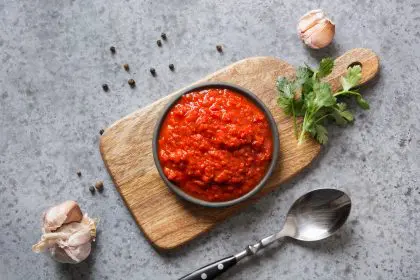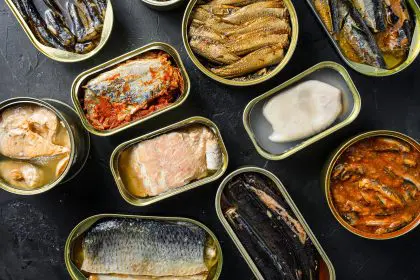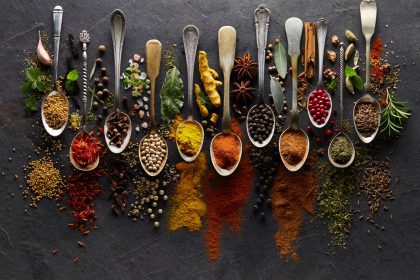The growing emphasis on protein meal or protein-rich diets has revolutionized how health-conscious individuals approach their weekly meal planning. As more research emerges about protein’s role in overall wellness, meal preparation has evolved from a simple time-saving strategy to a crucial component of achieving optimal health outcomes.
Understanding the science behind protein timing
Recent studies in nutritional science reveal that protein absorption follows a distinct pattern throughout the day. The body’s protein utilization peaks during specific windows, particularly in the morning and post-exercise periods. This timing effect makes strategic meal preparation essential for maximizing protein’s benefits.
Breaking down the numbers: Your personal protein equation
The conventional wisdom of consuming 0.8 grams of protein per kilogram of body weight represents merely a starting point. Active individuals typically require between 1.2 to 2.0 grams per kilogram, depending on their fitness goals and activity levels. For a 150-pound person, this translates to approximately 80 to 135 grams of protein daily.
The morning protein deficit
Analysis of eating patterns shows that most Americans consume less than 15% of their daily protein during breakfast hours. This creates a significant nutritional gap during a crucial metabolic window. Strategic meal preparation can help bridge this gap by ensuring protein-rich options are readily available during the morning rush.
Mastering the art of protein-focused meal prep
Successful protein meal preparation relies on three fundamental principles: variety, portion control and strategic cooking methods. Here’s how to implement each:
Variety selection:
- Rotate between lean meats, fish, legumes and plant-based options
- Incorporate different cooking methods weekly
- Mix protein sources within meals to improve amino acid profiles
Portion management:
- Pre-measure proteins into single-serving containers
- Calculate portion sizes based on individual needs
- Account for protein from complementary sources
Strategic cooking:
- Batch cook proteins using different methods
- Prepare versatile protein bases that work in multiple dishes
- Utilize slow cooking for tough cuts of meat
Building your high-protein recipe arsenal
Creating a sustainable meal prep routine requires developing a core collection of reliable recipes. Consider these protein-rich foundations:
Breakfast options:
- Greek yogurt parfait stations (23g protein)
- Egg white vegetable frittata cups (18g protein)
- Quinoa breakfast bowls (15g protein)
Lunch preparations:
- Lean turkey and black bean burrito bowls (35g protein)
- Grilled chicken and chickpea salad (28g protein)
- Tempeh and edamame power bowls (24g protein)
Dinner foundations:
- Baked fish with lentil pilaf (42g protein)
- Lean beef and vegetable stir-fry (38g protein)
- Mixed bean and quinoa casserole (26g protein)
The economic advantage of protein meal prep
Strategic protein meal preparation can reduce food costs by up to 30% compared to impromptu meal purchases. Bulk buying and proper storage of protein sources, combined with strategic cooking sessions, maximize both nutritional value and budget efficiency.
Beyond the basics: Advanced protein prep strategies
Experienced meal preppers can elevate their protein game through advanced techniques:
Temperature cycling:
- Properly cool proteins before storage
- Utilize blast chilling for maximum freshness
- Implement strategic thawing schedules
Storage optimization:
- Use vacuum sealing for extended shelf life
- Implement first-in-first-out rotation
- Label with protein content per serving
Flavor enhancement:
- Prepare versatile marinades in bulk
- Create protein-rich sauces and dressings
- Develop spice blends for variety
Measuring success: Tracking protein intake
Successful protein meal preparation requires consistent monitoring and adjustment. Track these key metrics:
Weekly goals:
- Total protein consumption
- Distribution across meals
- Variety of protein sources
Monthly assessments:
- Cost per gram of protein
- Meal satisfaction ratings
- Preparation time efficiency
The environmental impact of protein choices
Sustainable protein meal preparation considers environmental factors. Rotating between animal and plant-based proteins can reduce environmental impact while maintaining nutritional goals. Consider incorporating these sustainable protein sources:
Plant-based options:
- Legume combinations
- Ancient grains
- Fermented soy products
Looking ahead: The future of protein meal prep
As technology and nutritional science advance, protein meal preparation continues to evolve. Smart kitchen appliances, subscription-based meal planning services and personalized nutrition algorithms are reshaping how we approach protein consumption.
The integration of protein-focused meal preparation into daily routines represents more than a dietary trend – it’s a fundamental shift in how we approach nutrition. By implementing these strategies, individuals can optimize their protein intake while saving time and money, ultimately supporting their long-term health goals.















